The Twin Cities Marathon, held annually in the Minneapolis–Saint Paul area during the first weekend of October, is known as "The Most Beautiful Urban Marathon in America." Its scenic course traverses downtown areas and meanders along parkways surrounding lakes and waterways, passing through the urban forests of both cities.
2 hours ago : Twin Cities Marathon Faces Stronger Winds; Organizers Prepare for Heat, Road Closures Announced
The Twin Cities Marathon is bracing for stronger winds, though temperatures are expected to be milder. Organizers have taken extra precautions to address potential heat concerns. Road closures related to the Medtronic Twin Cities Marathon weekend have been announced.
1968: Land of Lakes Marathon Course Record Set
In 1968, Tom Heinonen set the Land of Lakes Marathon course record with a time of 2:18:29.
1972: Jeff Winters and John Christian took over the event
In 1972, Jeff Winters and John Christian took over the Land of Lakes Marathon event.
1973: Jeff Winters Became Sole Race Director
In 1973, Jeff Winters became the sole race director for the Land of Lakes Marathon.
1975: Land of Lakes Marathon Was Free to Enter
In 1975, the Land of Lakes Marathon was free to enter and run on a course involving four laps around Bald Eagle Lake and was run by 75 to 100 runners.
1976: Race Renamed City of Lakes Marathon
In 1976, the race was renamed the City of Lakes Marathon and moved to a four-lap course around Bde Maka Ska and Lake Harriet.
1979: City of Lakes Marathon Course Record
In 1979, Barney Klecker set the City of Lakes Marathon course record of 2:19:26.
August 1981: Marathon Proposal
In August 1981, Jack Moran proposed a marathon in Minneapolis and Saint Paul with a budget of $250,000 to the Minnesota Distance Running Association board.
1981: City of Lakes Marathon Filled Quickly
By 1981, the City of Lakes Marathon took just a month to fill its limit of 1,700 runners, and Minneapolis' counterpart established its own marathon, the St. Paul Marathon.
October 3, 1982: First Twin Cities Marathon
On October 3, 1982, the first Twin Cities Marathon took place after Minneapolis and St. Paul combined their separate marathon events.
1990: Starting Line Moved to Metrodome
In 1990, the starting line for the Twin Cities Marathon moved from Pillsbury Center to the Metrodome due to the loss of Pillsbury as a sponsor and to comply with The Athletic Congress rules.
2001: Twin Cities marathon women's course record
In 2001, Zinaida Semenova set the women's course record. This record was tied by Irina Permitina in 2004
2004: Irina Permitina Finishes First for Women
In 2004, Irina Permitina finished first for the women with a time of 2:26:53, but after official timing devices were corroborated to a time of 2:26:50.7, she was ruled to have tied the previous record set in 2001.
2016: Stadium Access Removed
In 2016, with the demolition of the Metrodome and construction of U.S. Bank Stadium, runners were no longer able to use the stadium to stay warm and use the bathrooms before the race.
2017: TC10 Had More Entrants Than Marathon
In 2017, the 10 mile race (TC10) had more entrants (12,484) than the marathon (9,851) for the first time.
2021: Registrants Receiving a Partial Credit
In 2021, registrants from 2020 received a partial credit because of the coronavirus pandemic cancellation.
2022: Registrants Receiving a Partial Credit
In 2022, registrants from 2020 received a partial credit because of the coronavirus pandemic cancellation.
Mentioned in this timeline
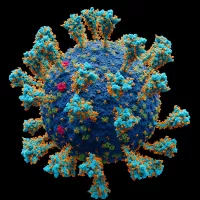
Coronaviruses are a family of RNA viruses affecting mammals and...

U S Bank Stadium located in downtown Minneapolis Minnesota is...
Mexico officially the United Mexican States is a North American...

Bears are carnivoran mammals belonging to the family Ursidae classified...

In Christianity a saint is a person recognized for exceptional...

Minneapolis the most populous city in Minnesota is located on...
Trending

11 minutes ago Lando Norris Impacts Verstappen's Qualifying, Mercedes Shocks at Singapore GP
1 hour ago Lewis Capaldi's Wardrobe Mishap on Graham Norton Cracks Up Taylor Swift
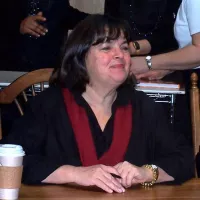
1 hour ago Ina Garten's Viral Chicken, Kitchen Tips, and Enduring Relationship with Husband Jeffrey.
2 hours ago Twin Cities Marathon Faces Stronger Winds; Organizers Prepare for Heat, Road Closures Announced
3 hours ago Jaume Munar faces Nishioka at Shanghai Masters; Cerundolo vs Bergs previewed.
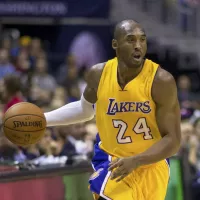
3 hours ago Kobe Bryant's First No. 24 Lakers Jersey Auctioned for $889K, Igniting Bidding War
Popular

Charlie Kirk is an American right-wing political activist entrepreneur and...

Candace Owens is an American political commentator and author known...
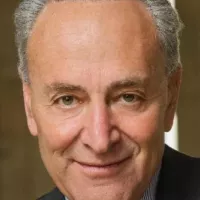
Chuck Schumer is the senior United States Senator from New...
Turning Point USA TPUSA is a conservative nonprofit organization founded...

Greta Thunberg is a Swedish climate activist who gained international...
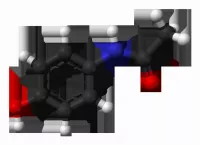
Paracetamol also known as acetaminophen is a commonly used over-the-counter...